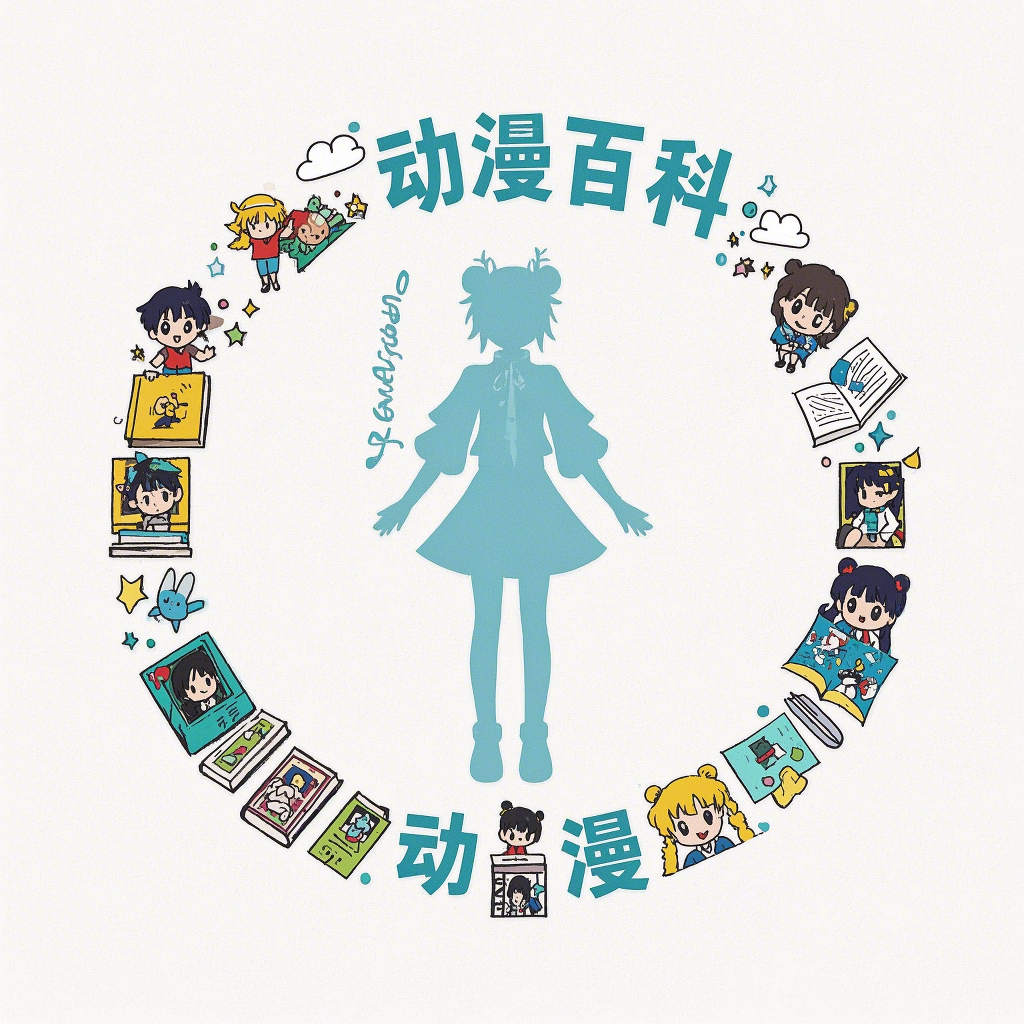Anime withdrawals, also known as anime withdrawals or anime hangovers, are a phenomenon that many anime fans have experienced. It refers to the feelings of sadness, emptiness, or even depression that can occur after finishing a highly engaging anime series. This article aims to delve into the reasons behind anime withdrawals, exploring psychological, social, and personal factors that contribute to this phenomenon.
Psychological Factors
1. Emotional Investment
One of the primary reasons for anime withdrawals is the emotional investment fans make in the characters and storylines. As fans become deeply engrossed in the anime, they develop emotional connections with the characters, often leading to a sense of loss when the series concludes.
Example:
Consider a fan who has followed a beloved anime series for years. The characters become like friends, and the story becomes a part of their daily life. When the series ends, the fan may feel a void, as if they have lost a part of themselves.
2. Anticipation and Routine
Anime fans often look forward to new episodes, creating a sense of anticipation and routine in their lives. The absence of new episodes can disrupt this routine, leading to feelings of withdrawal.
Example:
A fan who eagerly waits for new episodes every week may feel lost without the regular release of new content. This disruption in their routine can contribute to anime withdrawals.
Social Factors
1. Community and Shared Experiences
Anime fans often form communities and share their experiences with others. The end of a series can lead to a sense of isolation, as fans may no longer have a common topic to discuss with their peers.
Example:
A group of friends who regularly discuss their favorite anime series may feel a sense of loss when the series concludes. They may struggle to find new topics to discuss, leading to anime withdrawals.
2. FOMO (Fear of Missing Out)
The fear of missing out on new anime series can also contribute to anime withdrawals. Fans may feel anxious about not being up-to-date with the latest releases, leading to feelings of withdrawal when they finish a series.
Example:
A fan who constantly seeks out new anime series may feel anxious about not being able to keep up with the latest trends. This anxiety can exacerbate the feelings of withdrawal after finishing a series.
Personal Factors
1. Habitual Consumption
Anime withdrawals can also be attributed to the habit of consuming anime series in a linear manner. When fans finish a series, they may struggle to find a new one that captures their interest, leading to feelings of withdrawal.
Example:
A fan who has followed a particular anime series for years may find it difficult to adjust to a new series with different characters and storylines. This struggle can contribute to anime withdrawals.
2. Identity and Self-Expression
For some fans, anime is a way to express their identity and interests. The end of a series can lead to a sense of loss of self, as they may feel disconnected from their anime-related identity.
Example:
A fan who identifies strongly with a particular anime series may feel a sense of loss when the series concludes. They may struggle to find new anime series that resonate with their identity.
Conclusion
Anime withdrawals are a complex phenomenon influenced by various psychological, social, and personal factors. Understanding these factors can help fans cope with the feelings of sadness and emptiness that come with the end of a beloved anime series. By recognizing the reasons behind anime withdrawals, fans can better manage their emotions and seek new sources of entertainment and connection.
